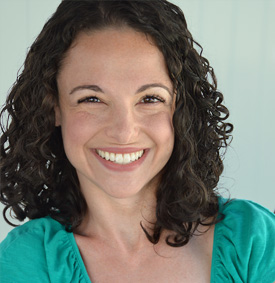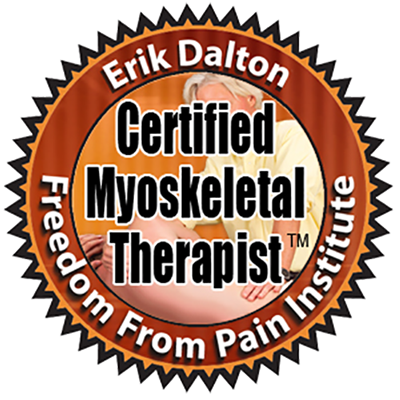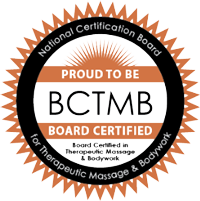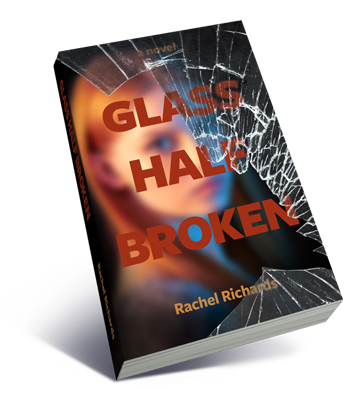News: December 2015
A backwards glance at massage therapy
 Evidence of massage can be traced back to 3000 BCE. But massage therapy as an occupation has been evolving since colonial times, and has taken some interesting twists and turns along the way. Following are a few highlights:
Evidence of massage can be traced back to 3000 BCE. But massage therapy as an occupation has been evolving since colonial times, and has taken some interesting twists and turns along the way. Following are a few highlights:
1700s: Medical rubbers, as they were called, were hired by surgeons to treat post-surgical and orthopedic conditions. Some rubbers began their own practices and worked in competition with physicians. This occupation gave women a rare opportunity to earn a living.
1850s: Medical gymnasts used manipulation and movement techniques to treat injuries and illnesses, and to prevent disease. They came to America after graduating from the Royal Central Institute in Sweden, a school that combined scientific and holistic medicine.
Late 1800s: Massage was associated with magnetism, a divine healing force transmitted to sick patients through touch and movement. By the 1900s, this magnetism and massage parted ways.
Late 1800s: Massage was used with hydrotherapy for a variety of ailments. Massage practitioners incorporated water treatments, such as baths, into their services. Many of today's spa services originated from hydrotherapy.
1880s: The general full-body massage we're familiar with originated in the popular Rest Cure of the late 19th century. Patients with neurasthenia, or severe melancholy, were put on bed rest during which full-body massage was utilized to increase the patient's circulation and appetite. The Rest Cure died out, but demand for general massage to treat illness and enhance well being increased significantly by the early 1900s. This type of treatment became today's relaxation and wellness massage.
1880s: Manual therapists trained in soft tissue manipulation came to be known as masseuses and masseurs. The massage techniques used were developed by European doctor named Johann Mezger. Manual therapy was generally known as massage by the early 1990s. Masseuses and masseurs either worked with doctors or in private practice.
1930s: Swedish massage included soft tissue mobilization, hydrotherapy, electrotherapy, and movements for treating injuries and illness, as well as promoting general good health. Swedish masseuses and masseurs worked as physiotherapists. Occupational venues expanded to include private clinics, YMCAs spas, public baths, and beauty parlors. The American Association of Masseuses and Masseurs (now the American Massage Therapy Association) was established in 1943 to establish and enforce educational and ethical standards for the field of massage.
1960s: The term "massage parlor" as a term for a place of business had become code for a house of prostitution. As the titles masseuse and masseur were now associated with prostitution, they were replaced by the term massage therapist, and the profession came to be known as massage therapy. These terms helped to legitimize the field in the eyes of the public.
1970-2000: The counterculture generation kicked off the wellness movement. Awareness of fitness, the effects of stress, and various forms of alternative medicine led to high demand for massage therapy, and an increasing number of people wanting to become massage therapists. The scope of massage therapy expanded, introducing many different modalities, including shiatsu, acupressure, and Ayurvedic massage.
1990s: Massage therapy was shaped by the creation of several organizations dedicated to laying the foundation for the profession, funding and providing research to better quantify the benefits of massage, increasing consumer awareness of those benefits, providing massage to as many people as possible through outreach and volunteer programs, and upholding the field of massage therapy to the highest ethical and professional standards.
So you missed out on the rubdowns, bath scrubs, magnetic healing energy, forced bed rest, and the ... ahem ... massage parlors. The amazing benefits massage therapy has to offer today are better than ever. And with more quality research and higher educational standards already in place, we're looking at a very healthy and happy tomorrow!
Source: Patricia J Benjamin, PhD via Massage Therapy Journal, fall 2015
The trick to learning how to relax
Relax? Yeah, right. Do you feel like you just can't get your shoulders away from your ears? Like you can't get your aching forehead to release? Like your fingers or toes are curling up without your permission?
Good news: you CAN take back control over your body! Join me as I guide you through a brief progressive relaxation exercise to help you recognize the difference between muscle tension and relaxation. And if you think you're already relaxed, you might be surprised ...
What's new with me ...
As always, the Chanukah party at my parent's house was lots of fun. Sienna was showered with gifts - mostly books, which she was ecstatic about! She's two years old and reading everything she sees. "Don't lean on the doors," she told me on the subway. "Sbound," she said when looking at a sign for a south-bound (S/Bound) train. "The Most Magnificent Thing," she read on the cover of a new book she got for Chanukah. Magnificent? Really? She then opened the book and read it to herself. Luckily, with Jesse as her dad, she'll never want for reading material!
I wish all of you a wonderful and restful holiday, and a happy, healthy 2016!
Click here for new Sienna photos. Watch out for cuteness!

Call or text me today
917-359-8641
I'd be happy to answer
any questions you have!
Massage@Rachel-Richards.com
Subscribe to my Youtube channel!
Did you know?





